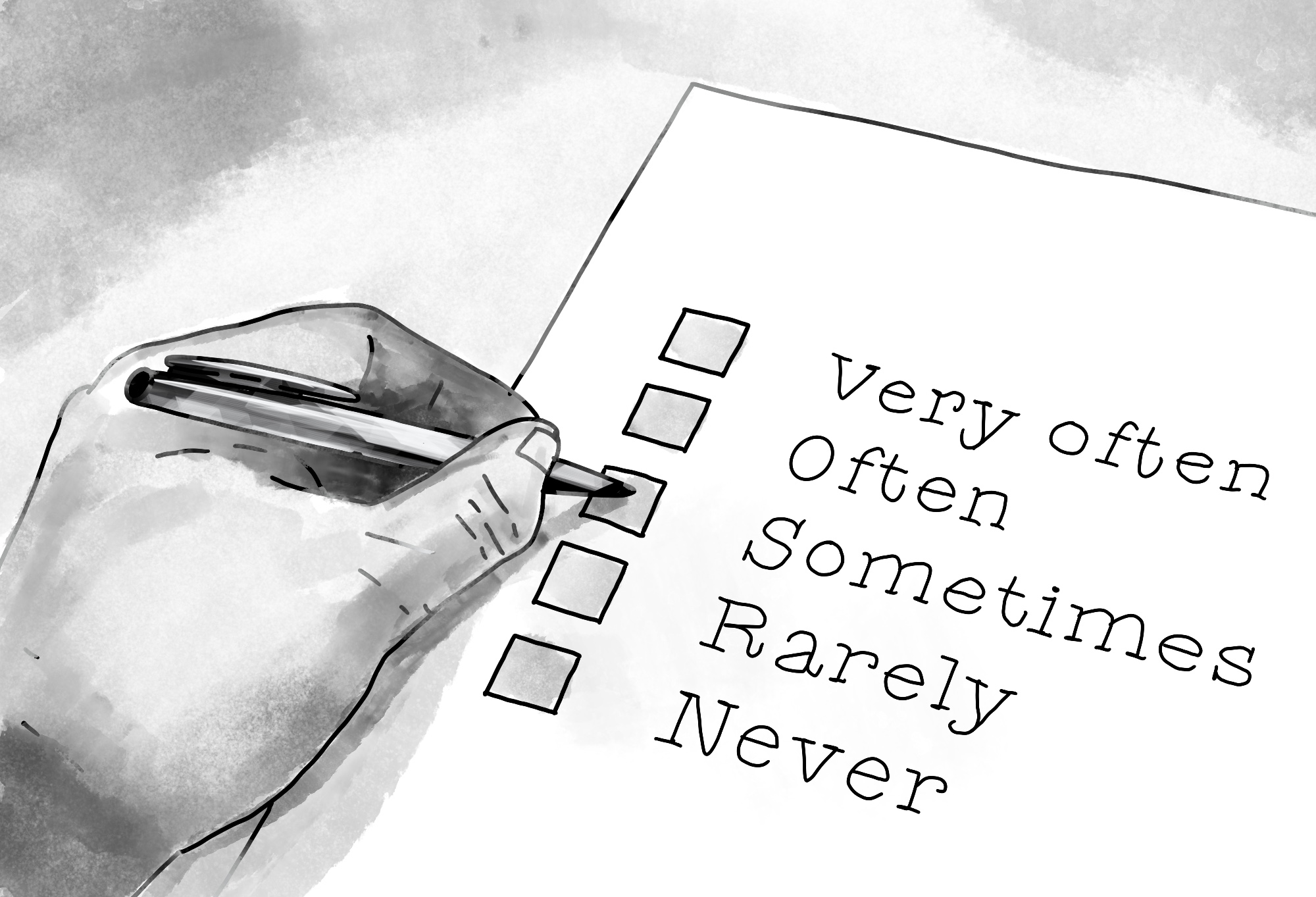
Lesson 5
In 2012, we wrote about a research study on what price (most people) would ask for their soul. What the researchers were looking for was “deeply held and sacred beliefs”. They figured that when people refused to sign a document expressing the opposite value from what they believed (in return for $100), the researchers labeled that belief a “sacred belief” for that particular participant. The researchers compared the fMRI’s for non-sacred and sacred beliefs and found that different areas of the brain were activated when the individual considered whether they would accept money for signing a statement inconsistent with their own beliefs. In other words, the researchers saw an entirely different decision-making process underway.
These findings are not particularly surprising to those who track the neuroscience literature. We think of this idea of the “sacred” a little differently in constructing trial arguments, and we want to know which statements correspond to firmly held or ‘core’ beliefs and values. What we see in our focus groups and mock trials is that there are idiosyncratic “sacred” ideas or perspectives for some jurors—and what we hear of those sacred ideas depends on what the case is about.
When we are doing corporate or contract work, we hear jurors who say “that just isn’t right” and other jurors who say “it’s just business and it happens all the time.”
When we are doing patent work, we hear jurors say “the inventor should get any money that ever comes out of this idea” and others who say “technology has moved on and this patent doesn’t have value.”
In personal injury death cases, we hear jurors agreeing that “No amount of money can adequately compensate the family for the loss of a loved one” and others who say that trying to cash in on the loss of a loved one is wrong. But the impact of those beliefs is that some jurors say that as a result, the family should get little or nothing, while others feel that the moon is not high enough.
All of these positions represent sacred values to those engaged in the dispute. Over the years we’ve developed strategies to help jurors surprise themselves by making a decision inconsistent with what they believe is a deeply held value. It really does happen and when it does happen, it can be a beautiful thing.